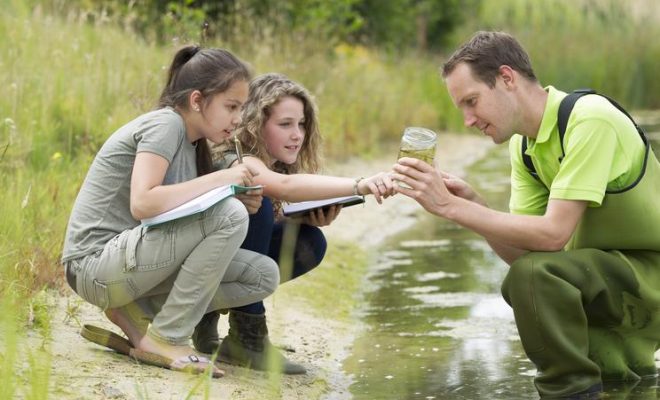Activities to Teach Students to Identify Ecosystems

As educators, it is our responsibility to teach our students about the environment around them. One of the vital concepts to educate them is about an ecosystem. An ecosystem is a community of plants, animals, and microorganisms that interact with each other and their environment. Students need to learn about ecosystems to understand how humans interact with the natural world, and how our actions impact the planet.
Introducing ecosystems to students becomes more exciting when it involves hands-on learning. Here are some activities to help students identify ecosystems.
1. Nature Walk
A nature walk is an excellent way to introduce students to ecosystems. Take your classroom outside and let students explore the area. Encourage them to observe the living and nonliving things they see. Students can draw the plants and animals they see, and note the environmental factors that affect these ecosystems such as temperature and rainfall.
2. Ecosystem Diorama
In this activity, students create a diorama or a three-dimensional model, of an ecosystem. Students can select various ecosystems such as rainforests, oceans, and deserts. They can research and gather essential facts about their chosen ecosystem, such as climate, plants, animals, and the physical environment.
3. Sorting activity
A sorting activity is an excellent way to help students identify an ecosystem. Print out pictures of different ecosystems such as a forest, desert, taiga, tundra, etc. Cut them out and put them in a bag. Tell students to randomly pick one picture, identify the ecosystem type and explain their choice.
4. Collaborative Ecosystems
This activity is an excellent way to teach cooperation and teamwork among students. Divide the class into groups and assign each group with a specific ecosystem. Each group must identify different factors in their ecosystem such as animals, plants, and physical environment. Then, they must create a collaborative ecosystem poster or diorama that combines all the critical elements of their respective ecosystems.
5. Ecosystem Jigsaw
In this activity, students learn about different ecosystems and how they are interconnected. Divide the class into small groups and give each group a different ecosystem to research. Then, bring the groups back together, and they share their findings with each other. Students can then create a jigsaw puzzle that depicts the different aspects of each ecosystem. They can then use this puzzle to classify the different parts of an ecosystem, thus helping them identify ecosystems more confidently.
In conclusion, teaching students about ecosystems is essential to help them understand the world around them. By engaging students in hands-on, interactive activities, they are more likely to remember and appreciate the importance of ecosystems. Use these activities to spark conversations and inspire students to become good stewards of the environments, ensuring a bright future for our planet.


